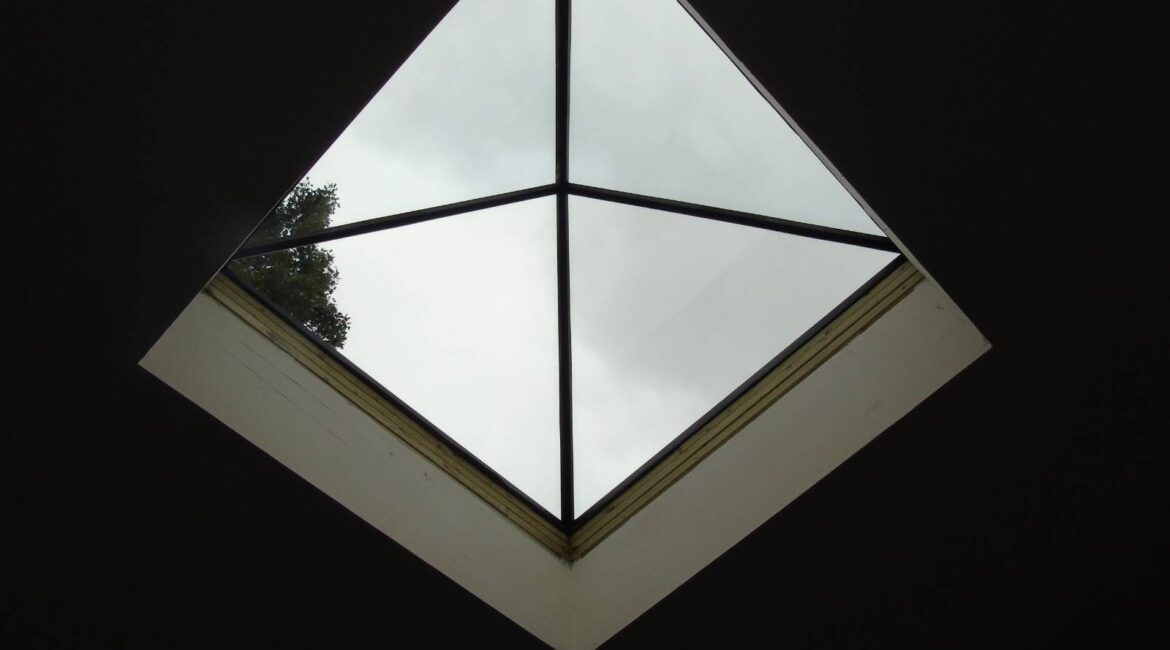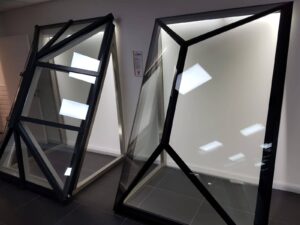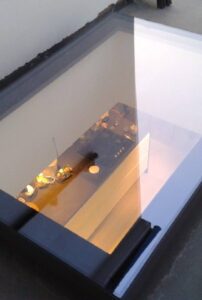Introduction
The evolution of architectural design and home construction is a fascinating journey, and one of the key innovations that have significantly impacted the way we live is the incorporation of roof lights in homes. Roof lights, also known as skylights, have a rich history that spans centuries, dating back to the ancient world. In this article, we’ll take a trip through time to explore the history of roof lights in homes, tracing their development from ancient civilizations to their modern-day popularity.
Ancient Beginnings
The concept of using roof lights to bring natural light into living spaces has ancient origins. In ancient Roman and Egyptian architecture, open skylights or openings in roofs were used to brighten the interiors of buildings. These early versions of roof lights were primarily functional and served as a source of light and ventilation.
Medieval and Renaissance Europe
During the Middle Ages, Gothic architecture in Europe saw the development of intricate stained glass windows, which were used to bring color and light into cathedrals and churches. While not exactly roof lights in the modern sense, these stunning windows were a precursor to the concept of using light as an integral part of architectural design.
The Renaissance period marked a shift towards more symmetrical and aesthetically pleasing designs, and this influenced the use of skylights in homes. Roof lights were incorporated into the designs of grand palaces and estates, allowing the rooms inside to be illuminated naturally while preserving privacy.
The Industrial Revolution
The Industrial Revolution brought about significant advancements in glass manufacturing and construction techniques. This made it more feasible for skylights to be installed in a wider range of buildings, not just grand structures. The Victorian era in the 19th century saw the popularization of roof lights in residential architecture, with many homes featuring beautiful glass atriums and conservatories.
20th Century Innovations
The 20th century saw a surge in the popularity of roof lights in residential homes, driven by innovations in materials and technologies. The development of tempered glass and improved sealants allowed for more durable and weather-resistant skylights. Architectural movements, such as modernism, favored open and light-filled spaces, leading to the widespread use of skylights in homes and commercial buildings.
Contemporary Roof Lights
Today, roof lights have become an integral part of contemporary architecture. Modern roof lights come in various shapes, sizes, and designs, and they can be found in homes, office buildings, and industrial spaces. They offer not only natural light but also energy efficiency, as well as improved aesthetics and functionality.
Advancements in glazing technology, such as low-E coatings and UV protection, have made modern skylights more energy-efficient and versatile. They can be automated to open and close for ventilation, and some are even equipped with smart technology to control lighting and shading.
Conclusion
The history of roof lights in homes is a testament to the enduring human desire for natural light and a connection to the outdoors. From the ancient world to the contemporary era, the evolution of roof lights mirrors the progress of architecture and construction techniques. Today, roof lights have become a symbol of sustainability, functionality, and aesthetic appeal, enriching our living spaces with the beauty of natural light. As technology and design continue to advance, it’s exciting to imagine what the future holds for roof lights in the world of architecture and home design.



